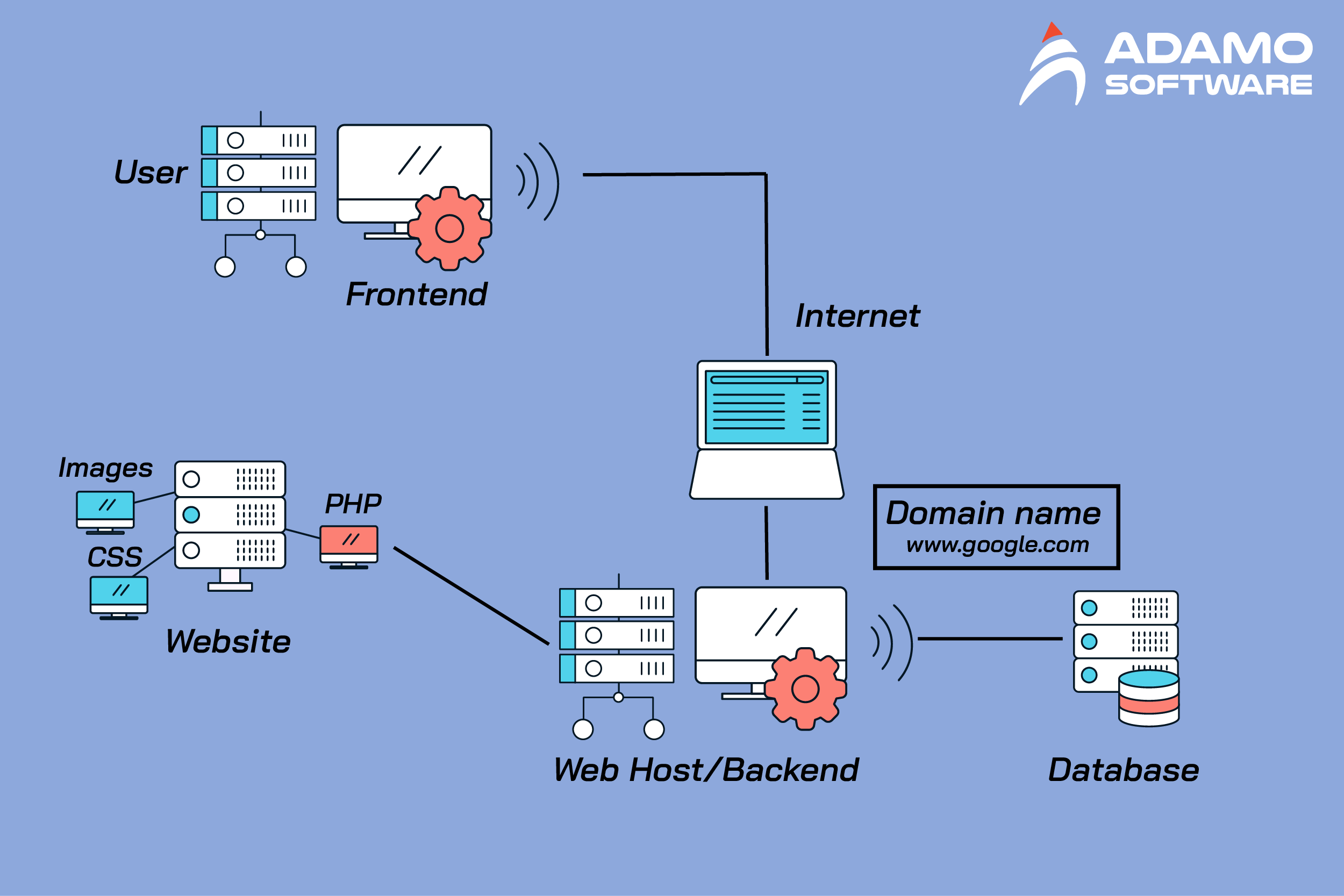Insightful Perspectives
Explore a world of engaging news and informative articles.
Back-End Devs: The Unsung Heroes of the Web
Discover the vital role back-end developers play in shaping the web! Uncover the secrets behind the scenes of your favorite sites.
Understanding the Role of Back-End Developers in Modern Web Applications
Back-end developers play a crucial role in the architecture of modern web applications. They are responsible for managing and maintaining the server side of applications, which involves creating APIs, managing databases, and ensuring seamless communication between the client side and the server. This includes working with server-side languages such as Python, Ruby, Java, and PHP, as well as utilizing database management systems like MySQL, PostgreSQL, and MongoDB. Their primary objective is to ensure that user requests are processed swiftly and that the application runs efficiently, providing users with a fluid experience.
Moreover, back-end developers also prioritize security and performance to protect sensitive data and optimize response times. They employ various techniques to secure applications against threats such as SQL injection and cross-site scripting (XSS). Additionally, they collaborate closely with front-end developers to ensure that the user interface aligns perfectly with the functional requirements of the back-end code. As web applications become increasingly complex, the demand for skilled back-end developers continues to grow, making their role vital in delivering robust, scalable, and high-performing applications.

Top Skills Every Back-End Developer Should Master
Back-end development is a critical component of web development, focusing on server-side logic and integration with the front end. To excel in this field, developers need to master a variety of skills. Programming languages such as Python, Java, and Ruby are essential for writing robust server-side code. Additionally, familiarity with databases like MySQL, PostgreSQL, or MongoDB allows developers to manage data efficiently and implement data storage and retrieval solutions.
Another crucial skill for back-end developers is understanding RESTful APIs. This knowledge enables them to create seamless connections between the front end and back end, facilitating effective communication between different services. Furthermore, proficiency in version control systems like Git is vital for collaboration within development teams. As technology continues to evolve, back-end developers must also stay updated on emerging trends and tools, ensuring they remain competitive in the fast-paced tech landscape.
How Back-End Development Powers User Experiences Behind the Scenes
Back-end development is the powerhouse that drives the functionality of web applications, quietly working behind the scenes to ensure that users have a seamless experience. While front-end development focuses on the look and feel of a website, back-end developers handle the server-side logic, database interactions, and application programming interfaces (APIs) that are crucial for managing data. This includes using programming languages such as Python, Java, or Ruby, which process user requests and deliver the appropriate content dynamically. The integration of efficient back-end systems helps in maintaining a fast and reliable user experience, ultimately contributing to better user retention and satisfaction.
The significance of back-end development extends beyond mere functionality; it also plays a key role in data security and scalability. When users interact with a website, their data is processed and stored securely on the server, thanks to well-designed database management systems. Additionally, back-end developers ensure that the application can handle increased traffic without compromising performance. By employing strategies such as load balancing and caching, they can optimize response times and manage resources effectively. In this way, back-end development not only powers the user experience behind the scenes but also fortifies the foundation upon which that experience is built.